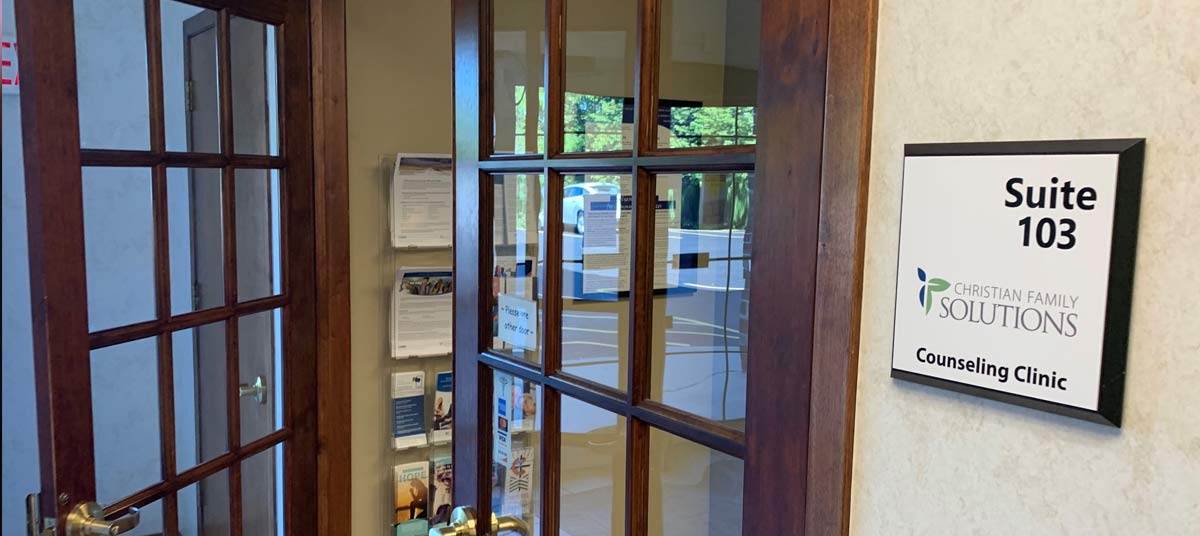Heather Wegner
Winter. For some, winter is a time of ice fishing, skiing, snowboarding, and drinking hot chocolate by the fire. Some enjoy ice skating, playing hockey, or building snowmen. Some find that celebrating Christmas and New Year’s Eve is a joyous occasion. They might complain about the weather once it reaches -10°, but once it hits 20°, it feels balmy!
For others, winter represents something else. For some it is dark. Lonely. They feel a weight in the pit of their stomach that pulls them down. It takes every ounce of energy they have to pull themselves out of bed and go to work. Sometimes they don’t make it that day, and call in sick in the hopes that maybe tomorrow they’ll feel better. They might avoid their friends and family. Their favorite plans are ones that get cancelled. They feel the burden begin to lighten in the springtime, and by summer they feel mostly back to normal.
If the description in the previous paragraph sounds like you, you may be struggling with Seasonal Affective Disorder, or SAD. SAD is a type of depression that has a seasonal pattern. The most common pattern is for depressive episodes to begin in the fall or winter, and reduce in the spring. A less common seasonal pattern is for depressive episodes to begin in the spring or summer, and reduce in the fall.
Who is at risk?
SAD can affect anyone, and there are some factors that contribute to higher risk. You may have an increased risk if you are female, as females are four times more likely to be diagnosed with SAD than men. You may also have an increased risk if you live far away from the equator, like in Norway, Alaska, or “Minnesnowta.” You may also have a higher risk if you have a family history of depression.
What should I look out for?
Common symptoms of SAD include oversleeping, being tired during the day, craving carbs, and weight gain. You might notice these in conjunction with the regular symptoms of depression: sadness, decreased sexual interest, hopelessness, suicidal thoughts, lack of interest in normal activities, and social withdrawal.
What causes SAD?
The exact cause of SAD is unclear, but research has suggested several theories of possible causes or contributing factors, including the effects of light, disrupted body clock, low serotonin levels, and high melatonin levels.
The effects of light
The effects of light theory indicate that when light hits the back of the eye, it sends a message to the brain that manages sleep, mood, sex drive, appetite, and temperature. When the eye isn’t receiving enough light, these functions slow down.
Disrupted body clock
Our body clocks are set by the hours of daylight. If you have a disrupted body clock, the part of the brain that does this may not be working as well as it should be, leading to reduced energy and more depression.
Low serotonin levels
The theory on low serotonin levels is based on the fact that our brains use the chemical serotonin to regulate our mood. People who have depression have lower levels of serotonin, and this is connected to the change in seasons for those who have SAD. This is why SSRIs (Selective Serotonin Reuptake Inhibitors) are often prescribed to manage depression.
High melatonin levels
Melatonin is the hormone that helps us fall asleep. When it’s dark, our bodies produce melatonin to prepare the body to sleep. When it is light out, the body stops producing melatonin, which helps us wake up. People with SAD have been found to have higher levels of melatonin during winter, which contributes to oversleeping and being fatigued during the day.
What do I do if I’m struggling?
There are ways to cope if you are struggling with SAD. It can be helpful to make the most of the natural light, perhaps by taking a walk during the lunch hour. People with SAD have found it helpful to reduce their stress, join a support group, get plenty of exercise, eat healthy and balanced meals, and use a sun lamp or a light box.
If you think you might be struggling with SAD, reach out to us at Christian Family Solutions at 800-438-1772. You can also click here to request an appointment. Our counselors can help you figure out the best course of treatment for you, such as counseling, light therapy, or medication. And if you have already tried some of these approaches and still feel like you need a deeper level of treatment, please ask us about our Intensive Outpatient Programs. You don’t have to struggle on your own, and there is hope for things to be better.



